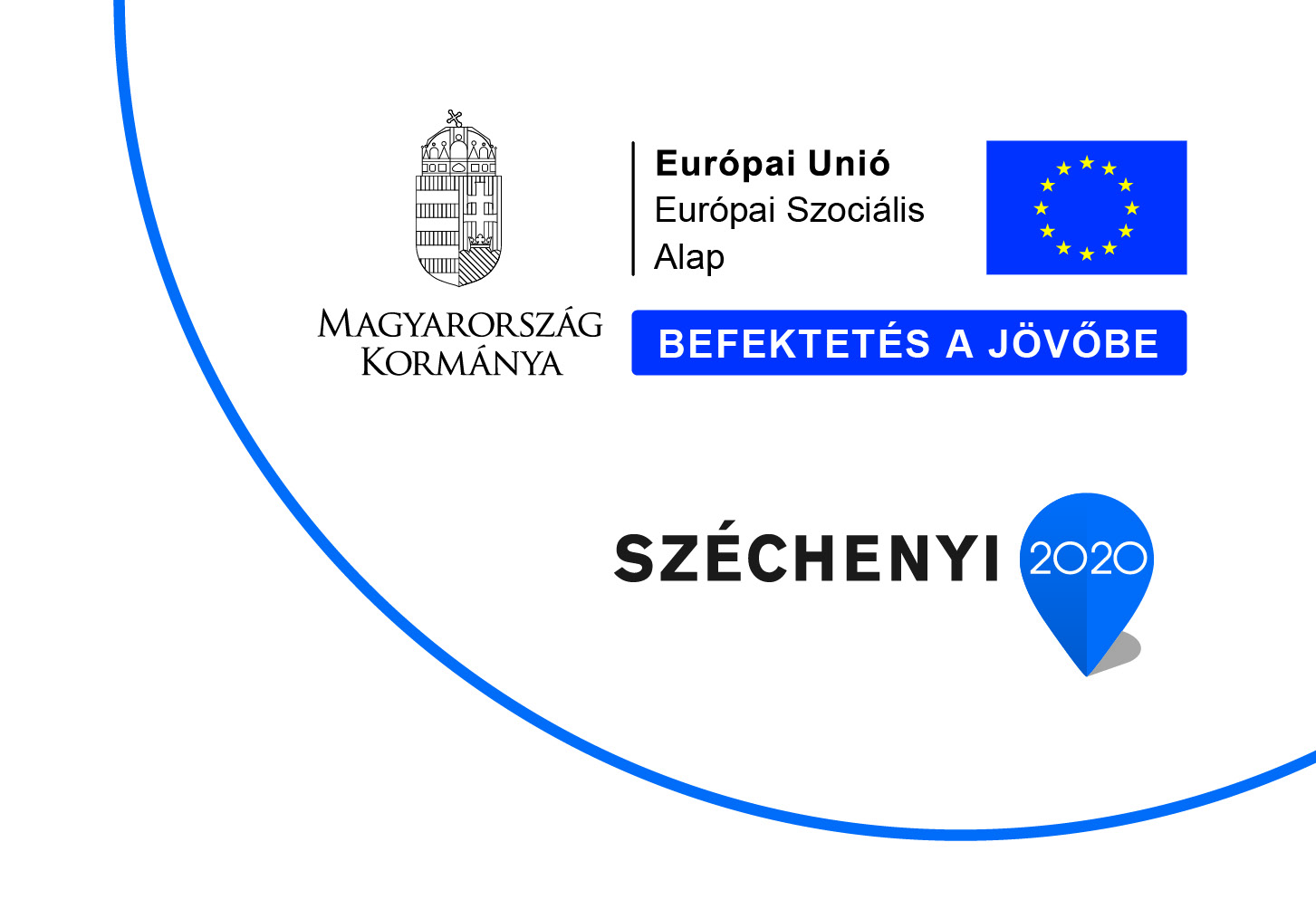Chindamay Nitlita (2025) Foreign Direct Investment in Laos: Characteristics and Macro-level Factors of Attractiveness. Külkereskedelmi Kar.
|
PDF
FDI in Laos 5.5.25.pdf Hozzáférés joga: Csak nyilvántartásba vett egyetemi IP címekről nyitható meg Download (1MB) |
|
|
PDF
External evaluation 2025_Nitlita Chindamay.pdf Hozzáférés joga: Bizalmas dokumentum (bírálat) Download (203kB) |
|
|
PDF
Nitlita Chindamay Sass M.pdf Hozzáférés joga: Bizalmas dokumentum (bírálat) Download (408kB) |
Absztrakt (kivonat)
This thesis examines the characteristics and macro-level factors influencing foreign direct investment (FDI) in Laos, a landlocked country in Southeast Asia endowed with abundant natural resources yet facing significant economic and infrastructural challenges. Despite its potential, Laos has attracted relatively undiversified FDI, mainly concentrated in electricity generation, mining, and agriculture. In contrast, neighboring countries such as Vietnam and Thailand have succeeded in attracting investment across diverse sectors, including manufacturing, services, and technology. This thesis aims to analyze the reasons behind the concentration of FDI in specific industries in Laos and identify both the advantages and obstacles that influence foreign investors' decisions. The research employs a qualitative methodology, relying on secondary data obtained from reputable sources including CEIC, World Bank Open Data, UNCTAD, and official reports from the Lao Department of Investment. By utilizing this data, the thesis offers a comprehensive analysis of the economic, financial, infrastructural, political, and socio-cultural factors that affect FDI inflows into Laos. The study also applies Dunning’s Eclectic Paradigm (the OLI framework) to understand the motivations behind different types of FDI, including resource-seeking, market-seeking, efficiency-seeking, and strategic asset-seeking investments. The findings reveal that Laos’ resource wealth, particularly in hydropower, minerals, and agriculture, has made it an attractive destination for resource-seeking FDI. Major investors include China, Vietnam, and Thailand, which have invested heavily in hydropower projects and mining ventures. The government’s vision of transforming Laos into a "land-linked" country through infrastructure development, such as the China-Laos Railway, has also enhanced its appeal to investors seeking better connectivity within the region. However, the research identifies significant challenges that hinder broader FDI diversification. These include a small domestic market size, high transportation and logistics costs due to limited infrastructure, exchange rate volatility, and high inflation rates. Additionally, the country faces labor market challenges, including low average wages but also low skill levels, which limit its attractiveness to efficiency-seeking investors looking for both cost-effectiveness and workforce productivity. Political stability and governance are also critical concerns, as investors require predictability and transparent regulatory environments to mitigate risks. The thesis further highlights the importance of factors such as trade openness, labor costs, and internet accessibility in shaping investor decisions. While Laos has made progress in trade liberalization and improving internet penetration, it still lags behind regional peers in providing the infrastructure and skilled labor needed for high-value-added industries. The study concludes by offering targeted policy recommendations for Lao policymakers. These include diversifying the FDI sector beyond natural resources, improving transportation and digital infrastructure, enhancing labor productivity through skill development initiatives, and promoting a stable and transparent political and regulatory environment. By addressing these areas, Laos can attract more diversified, sustainable, and high-value foreign investments. This, in turn, will foster inclusive economic growth, strengthen economic resilience, and enhance Laos’ competitiveness within the increasingly integrated Southeast Asian region.
Intézmény
Budapesti Gazdasági Egyetem
Kar
Tanszék
Nemzetközi Gazdaságtan Tanszék
Tudományterület/tudományág
NEM RÉSZLETEZETT
Szak
| Mű típusa: | diplomadolgozat (NEM RÉSZLETEZETT) |
|---|---|
| Kulcsszavak: | economics, fdi, Foreign Direct Investment, Laos, Macro-level factors |
| SWORD Depositor: | User Archive |
| Felhasználói azonosító szám (ID): | User Archive |
| Rekord készítés dátuma: | 2025. Szep. 23. 12:55 |
| Utolsó módosítás: | 2025. Szep. 23. 12:55 |
Actions (login required)
 |
Tétel nézet |



